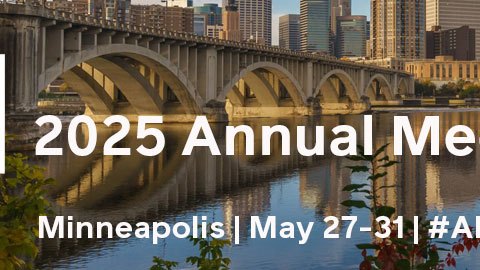
Many museums are retooling their digital resources to create more meaningful experiences for visitors—both local as well as virtual. Earlier this year we highlighted one example—the Carnegie Museums of Pittsburgh’s Innovation Studio. Today, Darren Milligan (@darrenmilligan), who leads strategy for digital outreach at the Center for Learning and Digital Access at the Smithsonian Institution, previews another digital “lab” and invites you to test it out.
The Smithsonian Learning Lab project is the result of a major rethinking of how the digital resources from across the Smithsonian’s 19 museums, nine major research centers, the National Zoo, and more, can be used together, for learning. It is a big dream, an aspiration to make these resources more accessible and more useful to teachers, students, parents, and anyone on a lifelong quest to learn more. It hopes to ensure the Smithsonian is part of nationwide learning in ways that are joyful, personal, and shareable.
The Smithsonian, like many of our institutions, is in a period of change. The Smithsonian now receives many more digital than in-person visits, a trend likely to continue. We are committed to understanding and serving the needs of our diverse digital visitors and enabling them to access and use our content wherever they are.
 |
| Fig 1. Homepage of the Smithsonian Learning Lab. |
The Learning Lab is a platform for users to find and interact with Smithsonian digital content and learning resources. It is a place where users can:
- Discover: Search from (and save for later) more than a million of the Smithsonian’s digital and digitized resources, including scientific specimens, artworks, historical artifacts, texts, as well as audio, video, lesson plans, activities, and more
- Create: Adapt museum-created or user-created learning activities or create new personalized collections using the wide variety of resources available, or ones they upload or link to from other non-Smithsonian sources
- Share: Share resources, collections, assignments, and quizzes with peers, colleagues, and students
The specific functionality of the Lab is based entirely on three previous years of user research conducted by the Smithsonian Center for Learning and Digital Access (SCLDA). First, a two year audience satisfaction and definition survey helped us define who our current audiences were, their motivations for coming to our website, their activities while on the site, and where they found satisfaction, or not. In the second phase of our formative research, SCLDA worked directly with more than 100 teachers from across the United States to better understand how they use digital learning resources in their classrooms. Following targeted focus groups, we conducted three weeks of continually iterative prototyping with teachers representing a variety of grade levels, regions, and socioeconomic levels; developed a comprehensive literature review; and conducted a survey and analysis of industry best practices. This breadth of research (summarized in this 2015 Museums and the Web paper) aided us in the development of a prototype that demonstrated what might be possible on a platform built specifically to improve access to and usefulness of our assets for the construction of personalized learning resources.
 |
| Fig 2. Three views of Tabanus conius Philip, from the entomology collections of the National Museum of Natural History, Smithsonian Institution. |
The research-backed Learning Lab is designed for teachers and students but can be used by anyone who wants to explore their interests using Smithsonian collections and resources. It gives users access not only to the two thousand learning resources, but also more than one million digitized images of our collections, and thousands of videos and publications. More importantly, users can create their own collections (using the resources they discover within the Learning Lab, or by uploading and adding their own) and share them with others. Educators can build teaching collections by using tools such as hotspots, quiz-building functions, and more, and work directly with their students within the site to monitor learning and progress.
 |
| Fig 3. At left, a user generated 16 piece Learning Lab civics collection using images of Thanksgiving. At right, one of the components of that collection: a user-submitted Thomas Nast cartoon overlaid with user-generated quiz questions and highlights. |
On October 29th, 2015, we quietly soft-launched the Learning Lab at learninglab.si.edu.
The intention of this article is not to promote the site, but rather to ask for your help. The Learning Lab it is not yet finished.
Between now and mid-2016 (our official public/press launch), the team here at SLCDA (along with our collaborators: educational technology firm Navigation North; and product, web, and graphic design studio Codename Design) will be building model collections, adding functionality, developing how-to videos, and working to improve the user experience. We will do this (as we have for the past several years) by testing with teachers and analyzing the behavior of the site’s early adopters. Given the unique experience of readers of this blog, I would love to hear your perspective:
I invite you to check out the site, search for something you care about, and build a collection. Once your collection is ready, try to publish it for other users to find and use within the Learning Lab, or share it with your social networks. Mess around and see what you discover, and most importantly, reach out to let me know what you think: did you uncover bugs, were you confused by the user interface, was the site screaming for some specific missing functionality? Any and all feedback is more than welcome. We can take it! 

Check it out: https://learninglab.si.edu/ (@SmithsonianLab)
If you have colleagues or friends that you think might too have some insight, please feel free to extend this invitation.
Thank you for your past thoughts and your future honesty.








